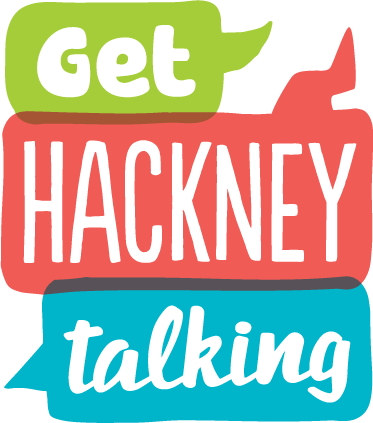Using gesture and sign to communicate
Using hand movements and body language can support children to understand and use language.
What is signing?
Gestures are hand movements usually used at the same time as spoken communication and facial expressions, to stress important words. For example, you could gesture putting a cup to your mouth at the same time as saying ‘drink’.
Will this stop my child from speaking?
No, definitely not! Actions and gestures play an important part in how all children learn to talk.
Research and experience show that using gestures and signs can support and encourage speech development.
You should always use words together with signs and gestures.
Why use signing?
- Gestures provide extra information to help your child understand your words.
- Gestures can give your child another way to express themselves and tell you what they want.
- Using signs can help build early communication skills such as joint attention and eye contact.
- Signs and gestures can help make links between words if more than one language is spoken at home.
What signs to use
Signs and gestures
Research has shown that gestures are easiest for both babies and parents when they are simple and when they look like the things they stand for, e.g. fingers on lips for ‘quiet’; hand taps next to mouth for ‘food’.
Makaton
Makaton uses an agreed set of hand signs and gestures with body language for everyday words , used alongside speech.
It is widely used in schools and nurseries, and on TV – for example ‘Something Special’ with Mr Tumble.
Top Tips for Signing
- Make sure your child can see you – play down at their level on the floor.
- Gain their attention – make sure to call their name or gently touch them so that they look at you.
- Use gestures and signs alongside natural speech to support what you say.
- Look out for the signs they use or copy and praise their attempts.
- Use signs in games as well as talking e.g. when rolling a ball to your child, make the shape of a ball with your hands to show that they should roll it back.


